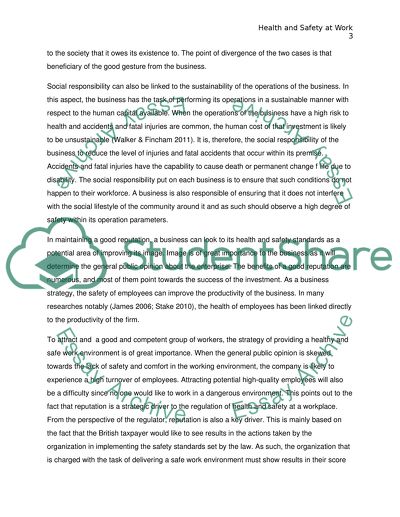Cite this document
(“Health and Safety Legislation Assignment Example | Topics and Well Written Essays - 2000 words”, n.d.)
Health and Safety Legislation Assignment Example | Topics and Well Written Essays - 2000 words. Retrieved from https://studentshare.org/environmental-studies/1683276-health-and-safety-legislation-assignment
Health and Safety Legislation Assignment Example | Topics and Well Written Essays - 2000 words. Retrieved from https://studentshare.org/environmental-studies/1683276-health-and-safety-legislation-assignment
(Health and Safety Legislation Assignment Example | Topics and Well Written Essays - 2000 Words)
Health and Safety Legislation Assignment Example | Topics and Well Written Essays - 2000 Words. https://studentshare.org/environmental-studies/1683276-health-and-safety-legislation-assignment.
Health and Safety Legislation Assignment Example | Topics and Well Written Essays - 2000 Words. https://studentshare.org/environmental-studies/1683276-health-and-safety-legislation-assignment.
“Health and Safety Legislation Assignment Example | Topics and Well Written Essays - 2000 Words”, n.d. https://studentshare.org/environmental-studies/1683276-health-and-safety-legislation-assignment.


